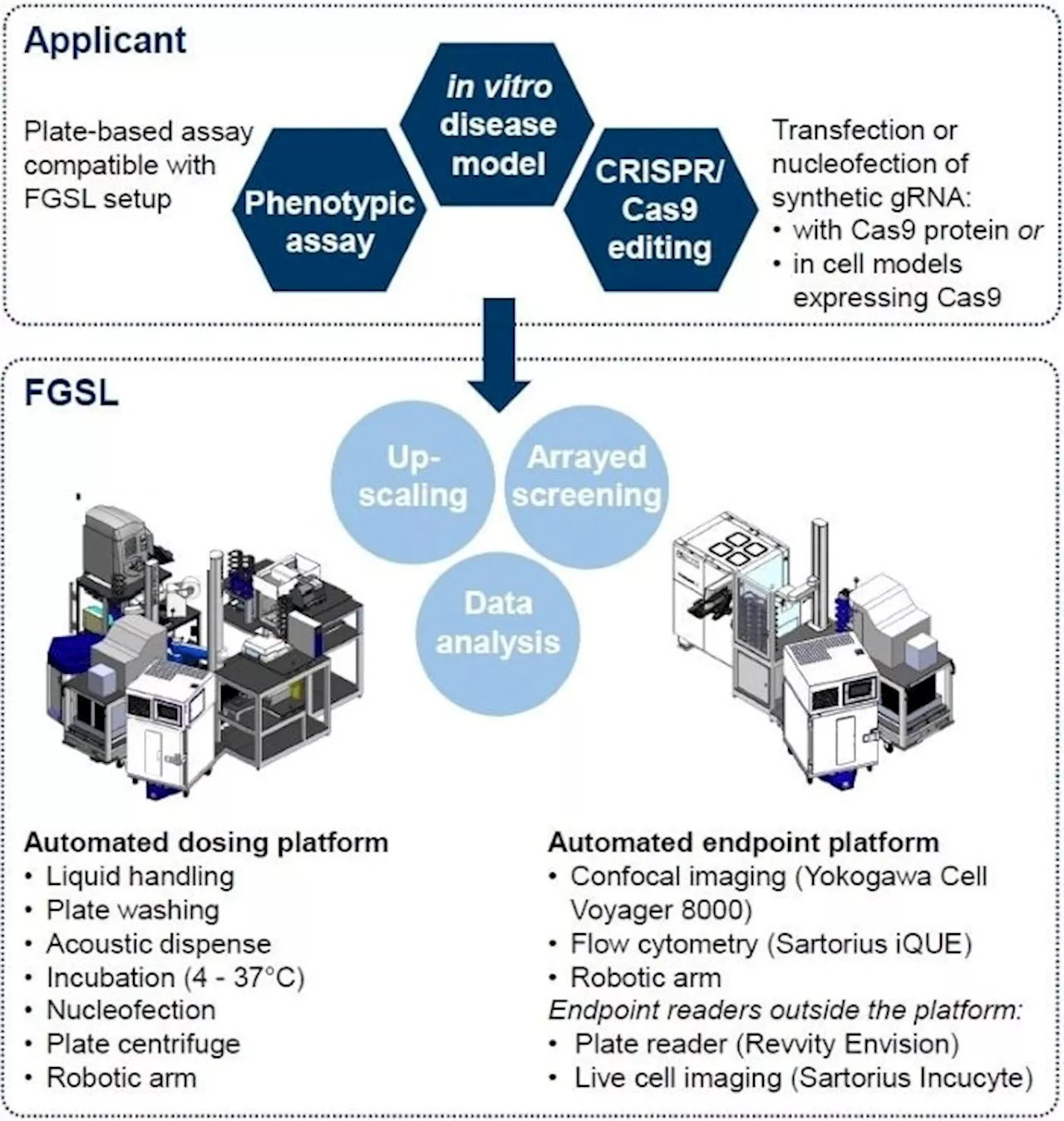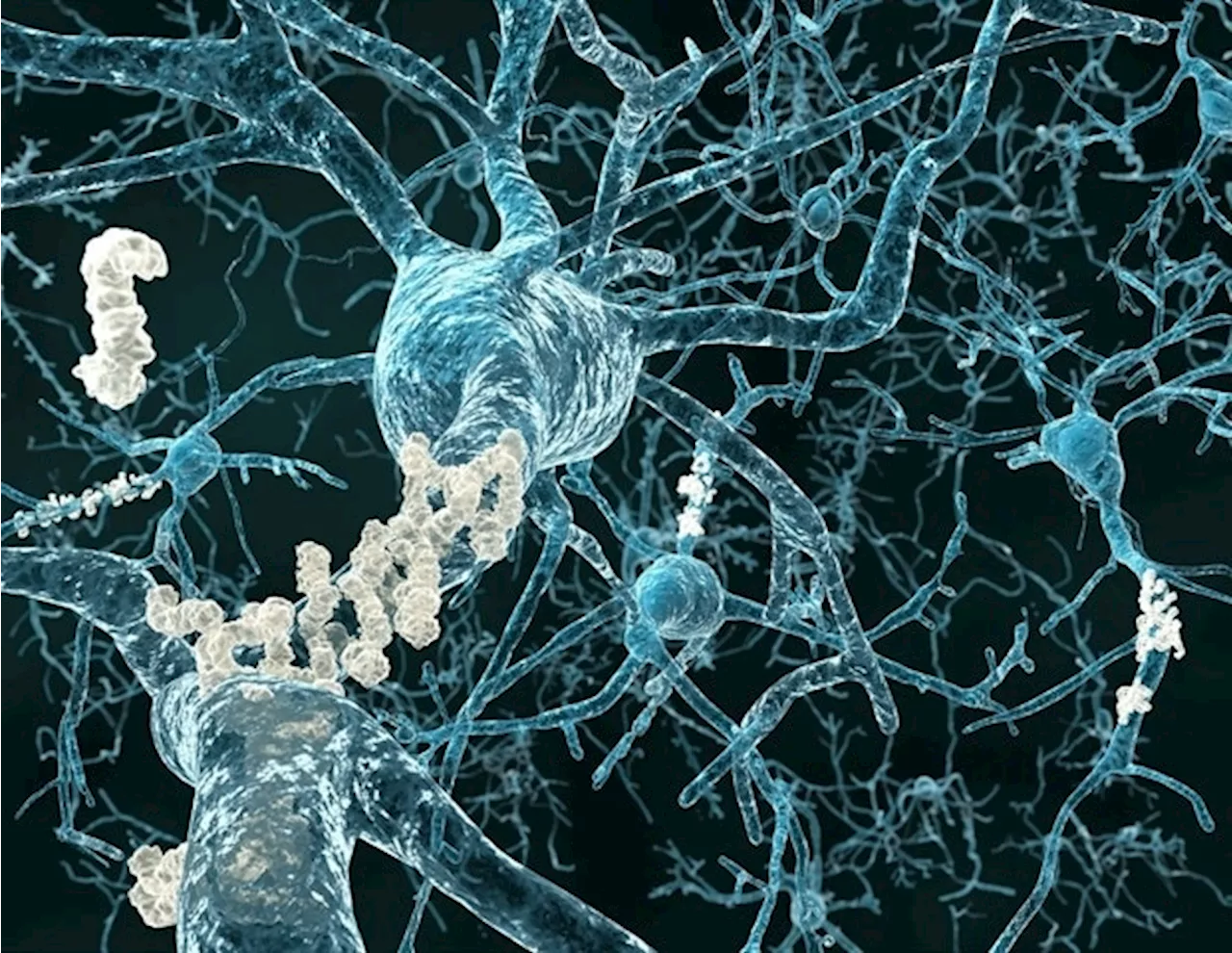Researchers from the Institute for Neurosciences (IN), a joint center of the Miguel Hernández University of Elche (UMH) and the Spanish National Research Council (CSIC), who are also part of the Network Center for Biomedical Research in Neurodegenerative Diseases (CIBERNED) and the Alicante Institute for Health and Biomedical Research (ISABIAL),...
Miguel Hernández University of Elche Nov 22 2024 Research ers from the Institute for Neurosciences , a joint center of the Miguel Hernández University of Elche and the Spanish National Research Council , who are also part of the Network Center for Biomedical Research in Neurodegenerative Diseases and the Alicante Institute for Health and Biomedical Research , have developed a cellular fractionation protocol.
The team analyzed samples from human postmortem brains, including healthy individuals and patients at various stages of neurodegeneration. The results show a distinct distribution of NMDA receptors in the cortex of patients with Alzheimer's disease, where the number of synaptic NMDA receptors is significantly reduced, while extrasynaptic receptors increase compared to healthy individuals.
Towards new therapeutic approaches The findings of this study could open new avenues for Alzheimer's disease treatment. "With this protocol, we can accurately determine whether specific agents, such as modulators or blockers, have a greater affinity for synaptic or extrasynaptic receptors-;not just NMDA receptors-;which has important therapeutic implications," notes Cuchillo.
This work has been made possible thanks to the financial support provided by the Health Research Fund, co-funded by the European Regional Development Fund ; the Network Center for Biomedical Research in Neurodegenerative Diseases ; the Carlos III Health Institute; and the Directorate General for Science and Research of the Generalitat Valenciana.
Alzheimer's disease is characterized by progressive memory loss and affects communication between neurons. This process largely depends on synapses, where NMDA receptors play a critical role in learning and memory. "Most NMDA receptors are found in synapses, where they enhance neuronal connections.
The method is based on the use of detergents that dissolve the lipids in non-synaptic membranes, while synaptic membranes, due to their high protein content, remain mostly intact. Subsequently, centrifugation is used to separate the two membrane types for analysis.
Brain Cell Cell Death Cortex Dementia Drugs Laboratory Lipids Membrane Neurodegeneration Neurodegenerative Diseases Neurons Protein Receptor Research Skin Stem Cells Synapse Transgenic
United Kingdom Latest News, United Kingdom Headlines
Similar News:You can also read news stories similar to this one that we have collected from other news sources.
 Researchers identify genetic markers for cardiovascular diseaseA team of researchers from Girona Biomedical Research Institute Dr.
Researchers identify genetic markers for cardiovascular diseaseA team of researchers from Girona Biomedical Research Institute Dr.
Read more »
 Gang of monkeys escape South Carolina biomedical research facilityLock your doors and windows, say police, but these should be disease-free
Gang of monkeys escape South Carolina biomedical research facilityLock your doors and windows, say police, but these should be disease-free
Read more »
 UCD leads major EU project on extracellular vesicles for biomedical researchA major EU project coordinated from UCD is set to push the frontiers of biomedical research by exploring the transformative potential of extracellular vesicles (EVs).
UCD leads major EU project on extracellular vesicles for biomedical researchA major EU project coordinated from UCD is set to push the frontiers of biomedical research by exploring the transformative potential of extracellular vesicles (EVs).
Read more »
 MRC-AZ-University of Cambridge joint functional genomics screening laboratoryDiscover cutting-edge research in genomics, advanced screening techniques, and collaborative innovation in biomedical science.
MRC-AZ-University of Cambridge joint functional genomics screening laboratoryDiscover cutting-edge research in genomics, advanced screening techniques, and collaborative innovation in biomedical science.
Read more »
 Solascure and U.S. Army Institute of Surgical Research collaborate for combat wound careSOLASCURE Ltd ('SolasCure'), a biotechnology company developing a novel treatment to transform chronic wound care and the U.S. Army Institute of Surgical Research ('USAISR'), today announced a research collaboration to evaluate SolasCure's investigational product, Aurase Wound Gel, as a means for managing combat wounds.
Solascure and U.S. Army Institute of Surgical Research collaborate for combat wound careSOLASCURE Ltd ('SolasCure'), a biotechnology company developing a novel treatment to transform chronic wound care and the U.S. Army Institute of Surgical Research ('USAISR'), today announced a research collaboration to evaluate SolasCure's investigational product, Aurase Wound Gel, as a means for managing combat wounds.
Read more »
 Research reveals role of IGFBP3 in human lung developmentResearchers of the University of Barcelona and the August Pi y Sunyer Biomedical Research Institute (IDIBAPS) have shown that the IGFBP3 protein plays a relevant role in human lung development.
Research reveals role of IGFBP3 in human lung developmentResearchers of the University of Barcelona and the August Pi y Sunyer Biomedical Research Institute (IDIBAPS) have shown that the IGFBP3 protein plays a relevant role in human lung development.
Read more »
